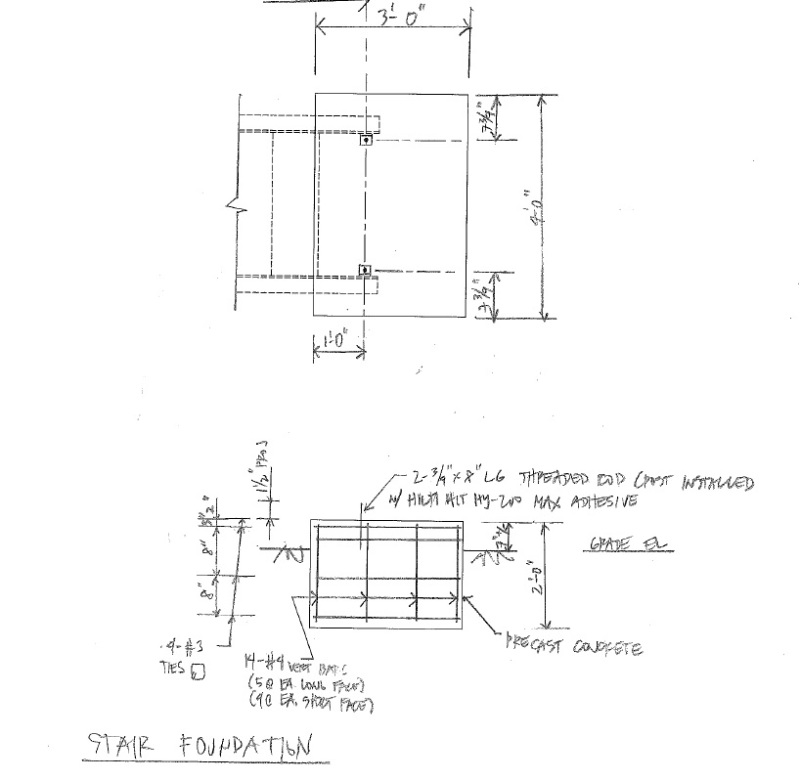delagina
Structural
- Sep 18, 2010
- 1,008
we will be using precast concrete instead of cast in place for the stair foundation.
i just said precast concrete in the drawing.
is that right? the contractor will find a precast vendor for this foundation?

i just said precast concrete in the drawing.
is that right? the contractor will find a precast vendor for this foundation?


![[bigsmile] [bigsmile] [bigsmile]](/data/assets/smilies/bigsmile.gif)